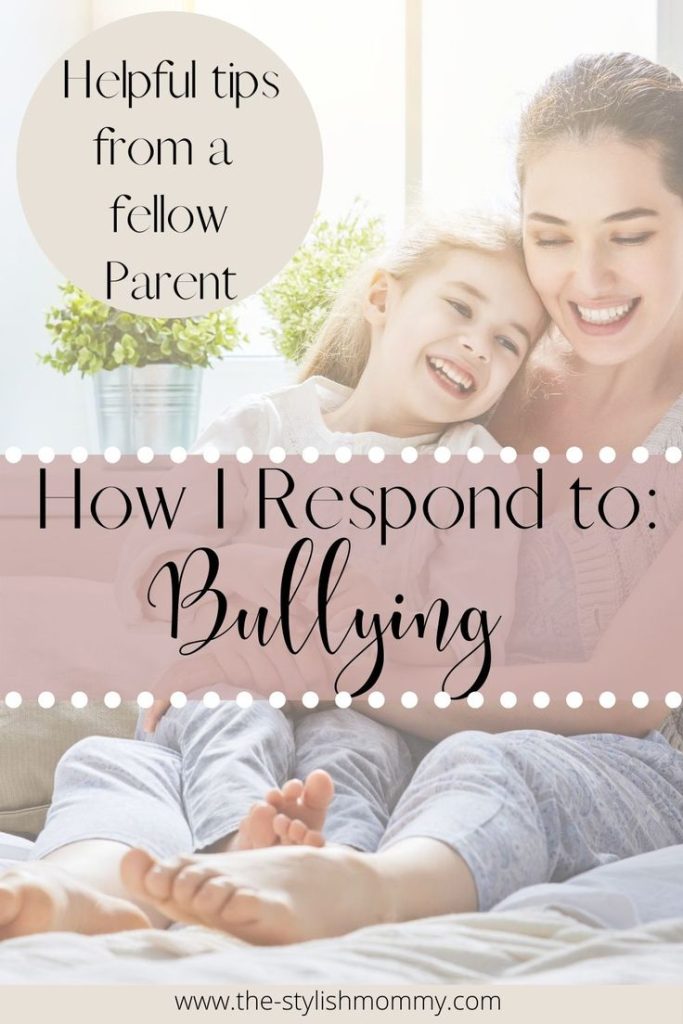Flying with kids can be a stressful experience, but choosing the right seat can make a world of difference. We asked travel experts for their top tips on securing the best seats for their little ones.
The Bulkhead Row: Many experts favor the bulkhead row, which offers extra legroom and often a bassinett for infants. “The bulkhead is a lifesaver,” says Sarah, a seasoned travel blogger. “It gives kids extra space to move around and makes it easier to manage diaper changes and snacks.” However, keep in mind that bulkhead rows often lack under-seat storage, so be sure to pack light.
Window Seats for Entertainment: For older kids, window seats can offer a captivating view and a sense of privacy. “Window seats keep them occupied with the scenery and are ideal for parents who want to catch a nap,” notes Mark, a travel journalist. Plus, they’ll be less likely to disturb other passengers by getting up and down.
Aisle Seats for Easy Access: Aisle seats provide easy access for parents to get in and out, ideal for potty breaks or when kids need a change of scenery. “Aisle seats offer flexibility and allow you to stretch your legs,” shares Jessica, a family travel expert. However, be mindful of the potential for bumps and spills from passing passengers.
Consider Your Family Dynamics: Ultimately, the best seat depends on your family’s needs and preferences. “If you have a baby, the bulkhead is a must. But if you’re traveling with older kids, aisle seats might be better for them to move around,” advises Emily, a family travel blogger.
No matter where you sit, a little preparation goes a long way. Pack plenty of entertainment, snacks, and activities to keep your kids engaged. And most importantly, remember to be patient and understanding – flying with kids is an adventure!











